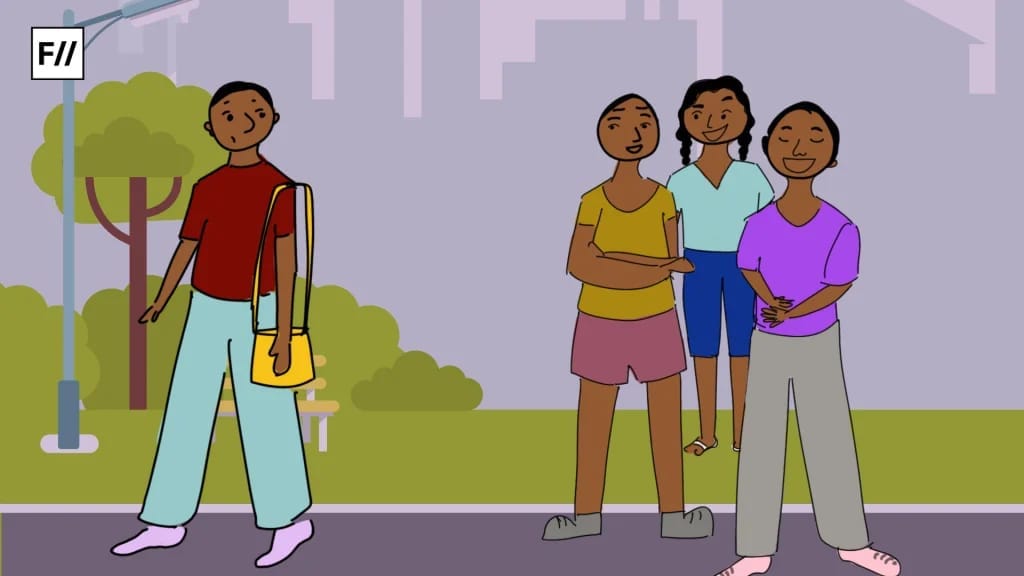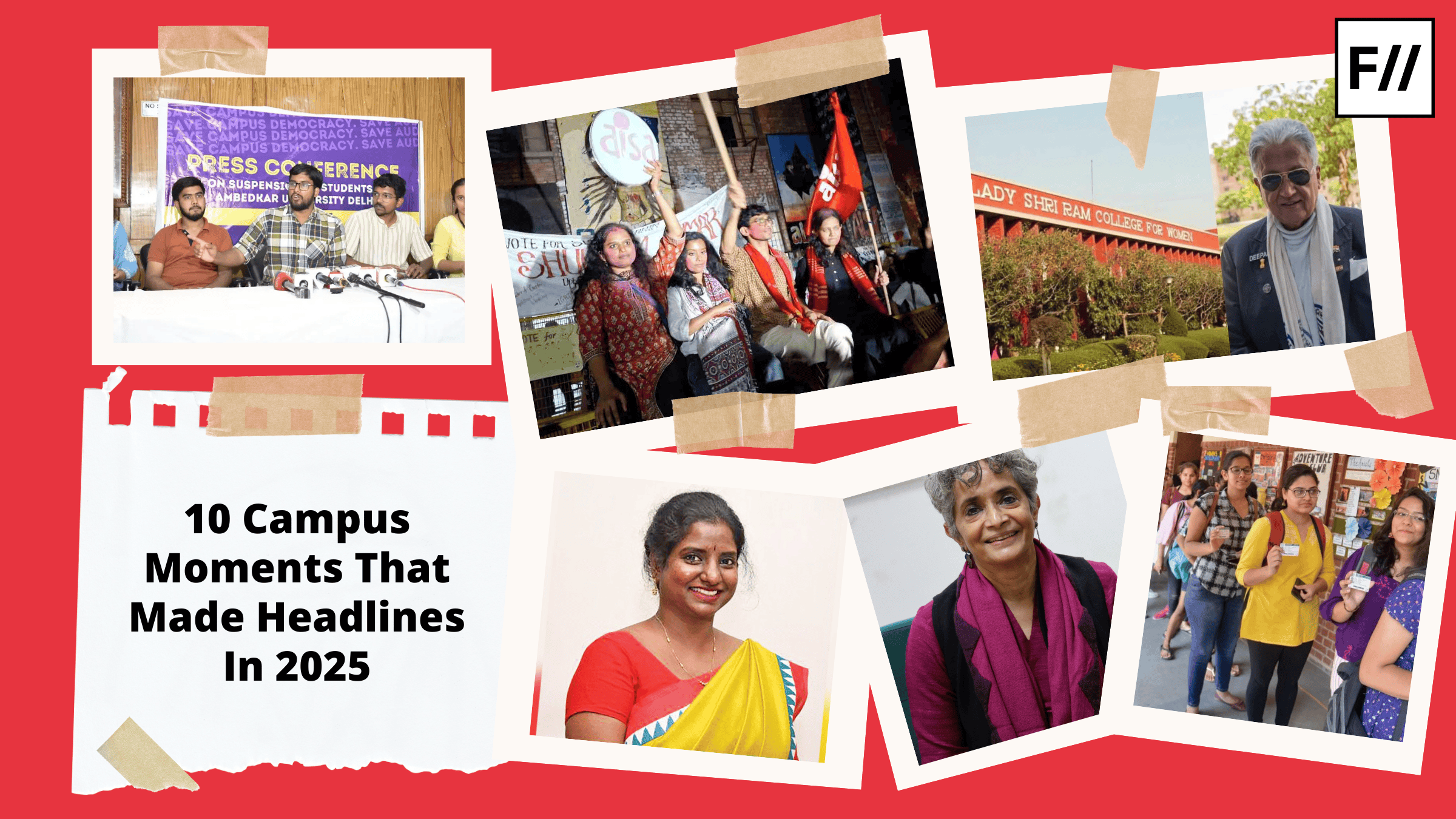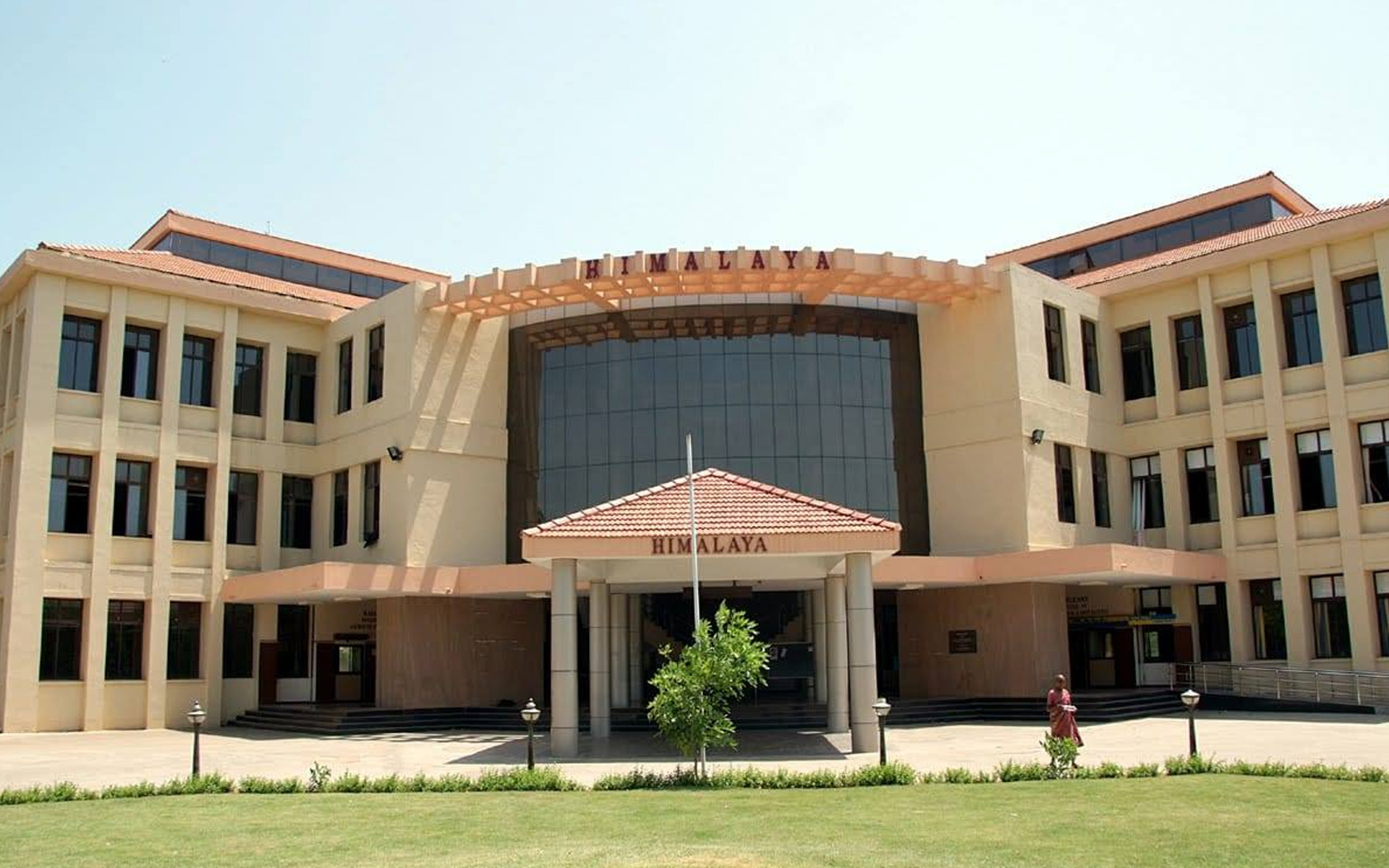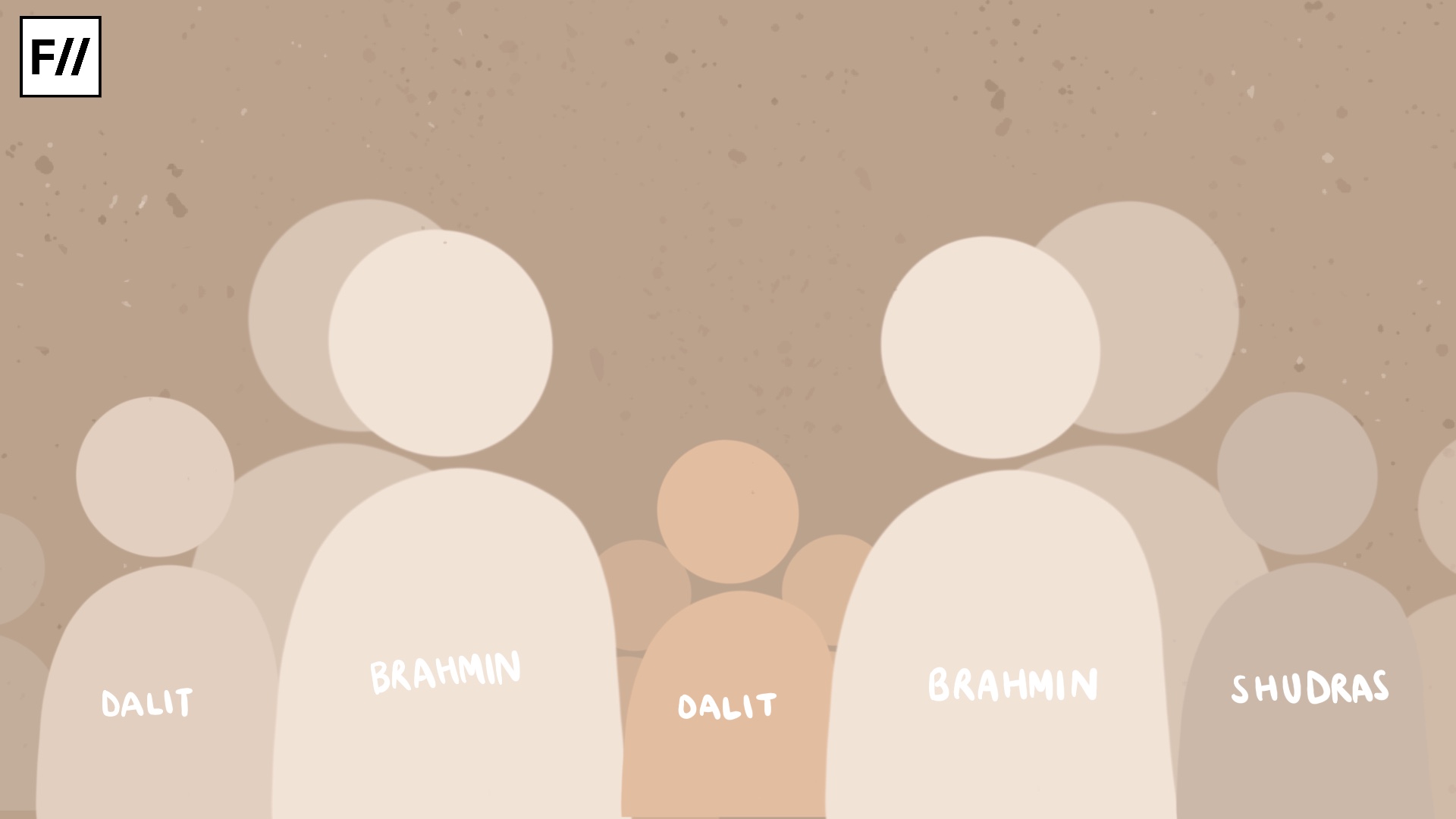On a quiet August evening at the Indian Institute of Science Education and Research (IISER), Kolkata (Kalyani campus), third-year PhD scholar Anamitra Roy, a 25-year-old biological sciences researcher from Shyamnagar, North 24-Parganas was found unconscious in his laboratory, having consumed a lethal dosage of his prescribed neurological medication. The student was rushed to AIIMS Kalyani, where he tragically passed away the following morning, a final, anguished act that followed a chilling social-media post: ‘I was never made for this world… But I can’t do this anymore. I give up. May I find the peace in death that I never found in life.‘
In his final note, Roy revealed that he had been formally diagnosed with Asperger’s syndrome, a form of autism. At IISER, he alleged harassment by a lab-mate, Sourabh Biswas, and repeated inaction from both his supervisor, Professor Anindita Bhadra, and the institution’s anti-ragging machinery. In April 2025, he claimed, Biswas yelled at him in the lab; he filed complaints via email and official portal yet received no response. Instead, he was told to ‘think about the lab’s reputation‘ before lodging grievances; his supervisor, he said, dismissed him and openly praised Biswas despite ‘scientific misconduct‘.

The following day, his cousin, Hrisikesh, lodged a complaint with the police, alleging ragging and institutional apathy prompting a case of abetment to suicide. IISER responded by dissolving its anti-ragging cell, accepting the dean of students’ resignation, and establishing a new anti-ragging cell, emergency crisis-response committee, and “Wellness & Welfare Committee” chaired by an independent dean. A fact-finding inquiry (with external and internal representation, including from AIIMS Kalyani) was tasked to report within seven days.
Childhood, student-life, struggle, and silence
From the very beginning, Roy’s life seems to have been shaped by a profound sense of loneliness. In his final note, he spoke with painful clarity about ‘recurrent physical, mental abuse from parents who were always too angry and always too immature,’ an early environment that offered neither safety nor understanding. His autism diagnosis came late, long after the formative years when awareness and structured support could have helped him navigate a world that often felt alien and hostile.
School was no refuge. He described being bullied relentlessly from his early years taunted for behaviours and traits that set him apart, misunderstood by teachers, and left without allies in the classroom. By the time he was a student in Class 6, he was already contemplating suicide; by 14, he had slipped into his first major depression. These were not passing bouts of sadness, but long, unbroken stretches of emotional exhaustion that would return again and again, each episode carving deeper into his self-worth.
When he ‘somehow got to college,‘ it was less a triumph of a system that nurtures talent and more the grit of a young man determined to keep moving despite the weight he carried. But the absence of meaningful support followed him there too. As an undergraduate and later as a doctoral scholar, the same patterns repeated, misunderstanding, marginalisation, and a near-total lack of institutional empathy for neurodivergent students.
As an undergraduate and later as a doctoral scholar, the same patterns repeated, misunderstanding, marginalisation, and a near-total lack of institutional empathy for neurodivergent students.
His final words carry the ache of someone who had been kind to others in ways the world rarely managed to be kind to him: ‘I am deeply sorry… If I am to be remembered, I hope I’ll be remembered for the kindness I showed to many who needed it… That’s all. Curtains.‘ The note reads like both an apology and a farewell from a self-aware, sensitive young man who had fought, for years, to survive in spaces that made him feel unwelcome fighting alone, and eventually too tired to fight anymore.
A broken system and its stark wake-up call
Psychiatrists commenting on the tragedy observe that autistic individuals often become targets of bullying because of ‘perceived oddities in behaviour‘ and ‘apparent naivety,‘ and that ‘rampant lack of fairness and stigma‘ even in educational institutions. Most of this stems from indifference and lack of understanding toward neurodivergent students.
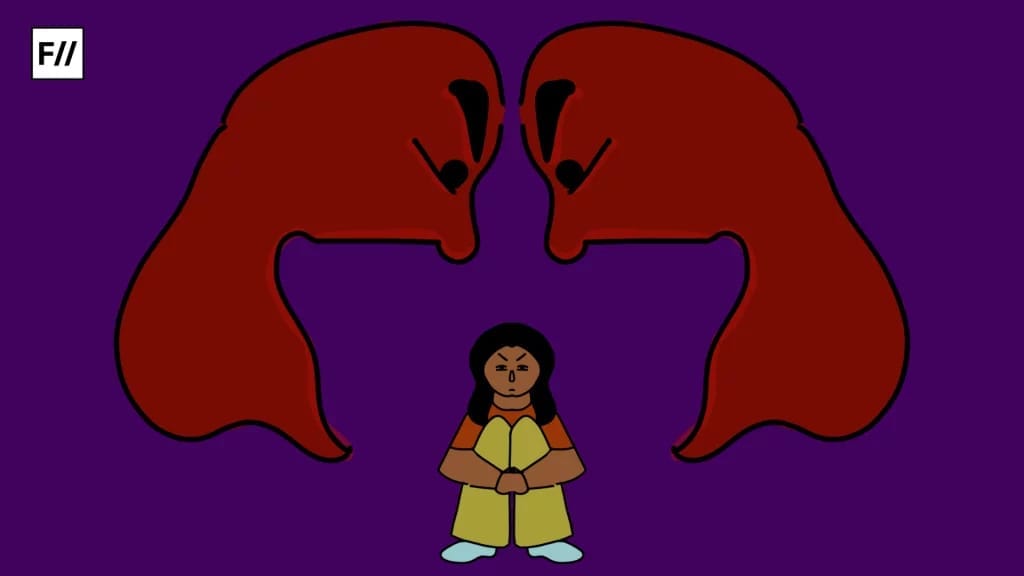
This is not the first incident at IISER Kolkata. In 2022, final-year integrated-PhD student Subhadip Roy died by suicide, with his family alleging ragging. A few years prior, undergraduate student Sagar Mondal took his life; both incidents suggesting unaddressed patterns of isolation and institutional complacency. Editorial voices lament the enduring ‘toxic culture of fraternity and the power dynamics‘ that persist amid our most esteemed educational spaces.
Roy’s death has become a lightning rod for wider anxieties: that Indian campuses still don’t know how to respond to neurodivergence, disability, and mental distress and that when students do seek help, the processes too often fail them. The allegations in his final note of complaints being ignored by supervisors and committees are now under police probe and institutional scrutiny. But even as investigators determine accountability in this specific case, the bigger question is unavoidable: what does real inclusivity look like in higher education, beyond policy PDFs and posters?
The number of student suicides already tells a story
India’s student-suicide crisis has been worsening for years. The National Crime Records Bureau recorded 170,924 suicides overall in 2022, with 13,044 of those by students 7.6% of the total. Researchers note that student suicides have grown faster than overall suicides across the last decade. In some years, that’s roughly one student death every hour. These are not just numbers; they are indictments of our institutional cultures and safety nets.
Students with disabilities including autistic students navigate campuses designed for a mythical “average” mind and body.
Yet even this data obscures who is most at risk. Students with disabilities including autistic students navigate campuses designed for a mythical “average” mind and body. The most recent All India Survey on Higher Education (AISHE 2021-22) shows 88,748 students with disabilities enrolled in higher education, of whom 51,373 are male and 37,375 are female. It’s a tiny slice of India’s 4-crore-plus student body a sign not of parity but of persistent barriers to entry and retention.
Those barriers aren’t just ramps and lifts. They are sensory-hostile labs and dorms; inflexible attendance rules; oral-presentation-heavy assessments; faculty who conflate “merit” with a single communication style; grievance systems that can turn into gatekeepers. In the coverage of Roy’s death, psychiatrists underscored how autistic students are often singled out for ‘perceived oddities‘ and ‘apparent naivety,’ making them targets for ridicule and isolation harms that escalate when authorities dismiss early complaints.
Systemic failure for inclusivity and the way forward for Indian campuses
Roy’s death is not simply a personal tragedy; it is the culmination of a pattern that has played out across Indian universities for decades. The promise of higher education in India being a great equaliser, a space where merit and curiosity are all that matter, still collapses in the face of structural bias and underprepared institutions.
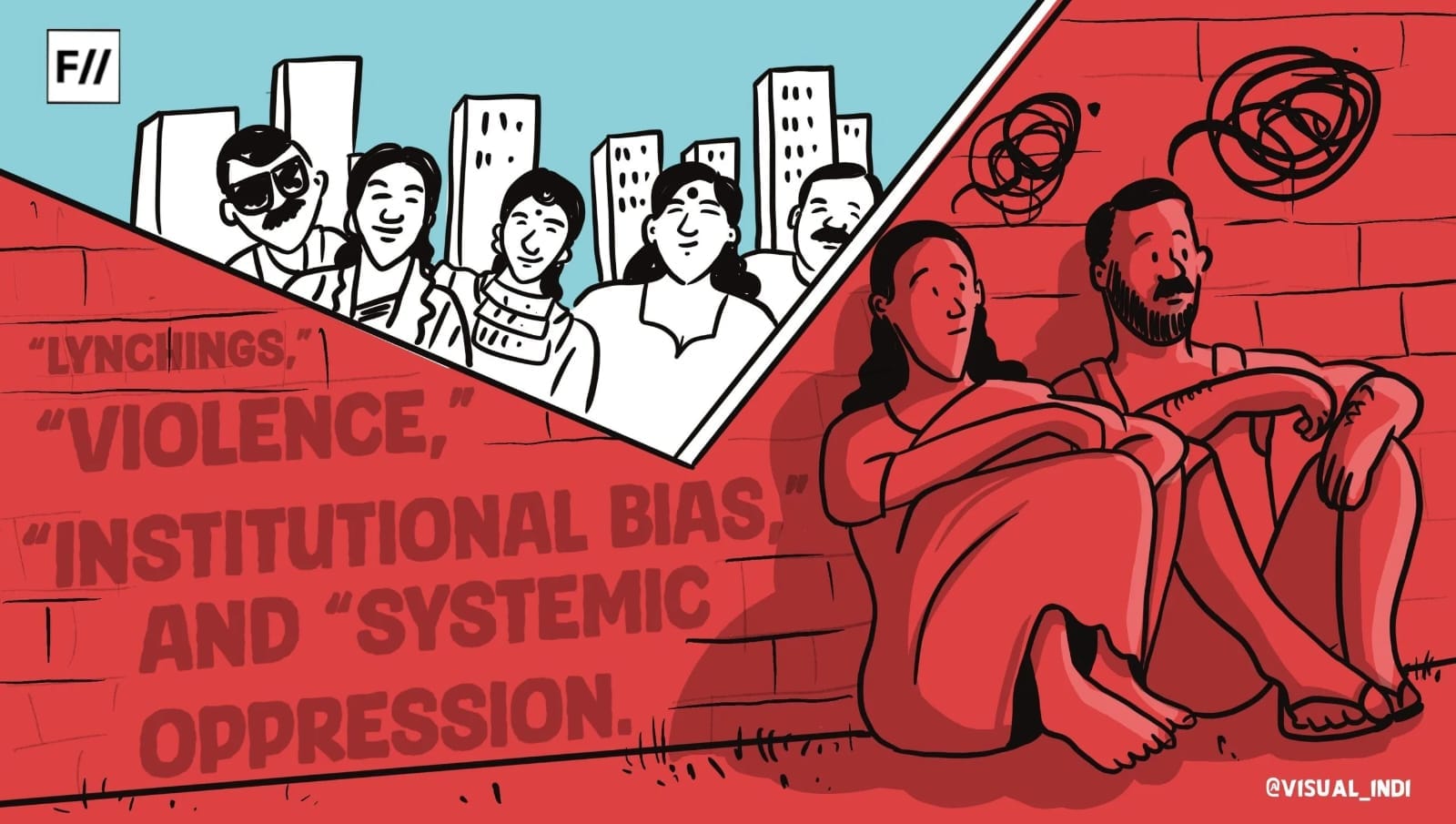
On paper, India has some of the strongest disability rights guarantees in the Global South: the Rights of Persons with Disabilities Act, 2016 makes it mandatory for universities to admit students without discrimination, provide reasonable accommodations, ensure physical and digital accessibility, and create an environment where every student can participate on equal terms. The University Grants Commission’s guidelines on student well-being and inclusive campuses are equally clear.
And yet, in practice, these protections often exist only in policy binders or as token committees. Physical inaccessibility culminates in patchy ramps that lead to locked doors, hostels without lifts, lecture halls with no assistive listening devices. More damaging still is the cultural inaccessibility: faculty and peers who misunderstand neurodivergent behaviour as rudeness or laziness, grievance committees that are ill-equipped to handle complaints involving disability, and campus systems that reward conformity to a narrow ideal of “normal.”
The latest All India Survey on Higher Education (AISHE) 2021–22 data show 88,748 students with disabilities enrolled across all higher-education institutions 51,373 male and 37,375 female. That’s just about 0.25% of India’s total higher-education enrolment of over 4 crore students. This is not a measure of equality; it is evidence of the gates we keep.
Inclusivity in the truest sense goes far beyond compliance checklists. It means reimagining the campus as a place where difference is not something to be tolerated, but something to be valued.
Inclusivity in the truest sense goes far beyond compliance checklists. It means reimagining the campus as a place where difference is not something to be tolerated, but something to be valued. It demands that universities actively dismantle barriers academic, social, and psychological that prevent students from thriving. This includes universal design in classrooms so that materials are accessible to all without the need for special permission; robust mental health support with trained counselors who understand autism, ADHD, and other neurological differences; and independent grievance mechanisms where students can safely raise concerns about bullying, harassment, or discrimination without fear of retaliation.
The failure so far has been a combination of underinvestment and under-imagination. Universities often treat inclusion as a charitable add-on rather than a core responsibility. Budgets for disability support are minimal; faculty training on neurodiversity is rare; peer sensitisation is left to a single “awareness day” rather than woven into the fabric of campus life.
As disability rights activist Vaishnavi Jayakumar once noted, ‘We do not have an accessibility problem because solutions don’t exist; we have one because the will to use them is missing.‘ That missing will is what turns legal rights into hollow promises.
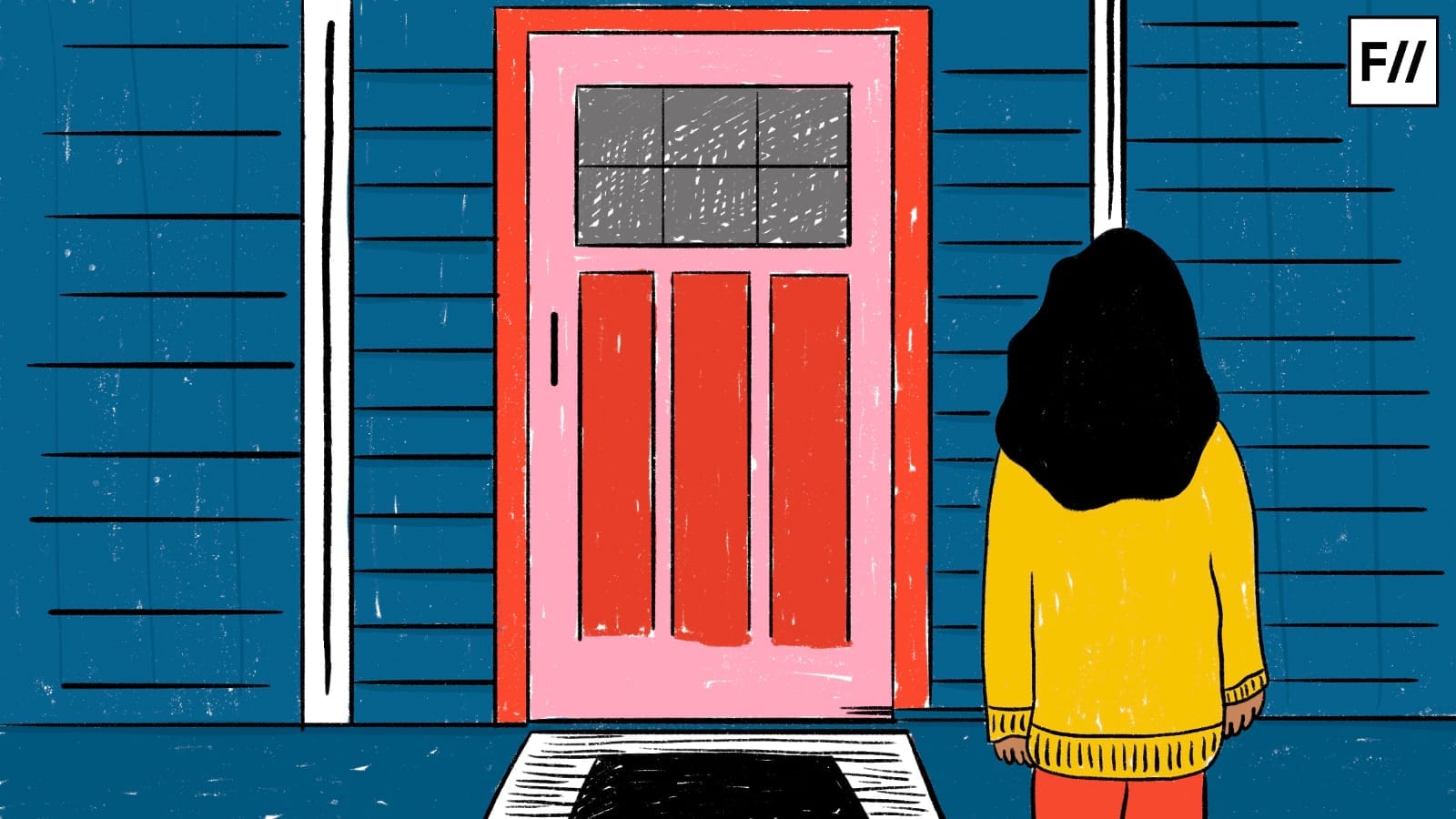
Promoting inclusivity on campuses requires seeing it as foundational to academic excellence, not as a concession. It means recognising that a student like Anamitra, brilliant, autistic, and deeply sensitive is not an outlier to be managed, but an integral part of the intellectual community. Until universities embrace that truth, and until inclusivity becomes as routine as taking attendance, the system will continue to fail the very students it should be proud to call its own.
About the author(s)
Masrat Nabi is a journalist whose work focuses on politics, gender, culture, and social issues in India.
